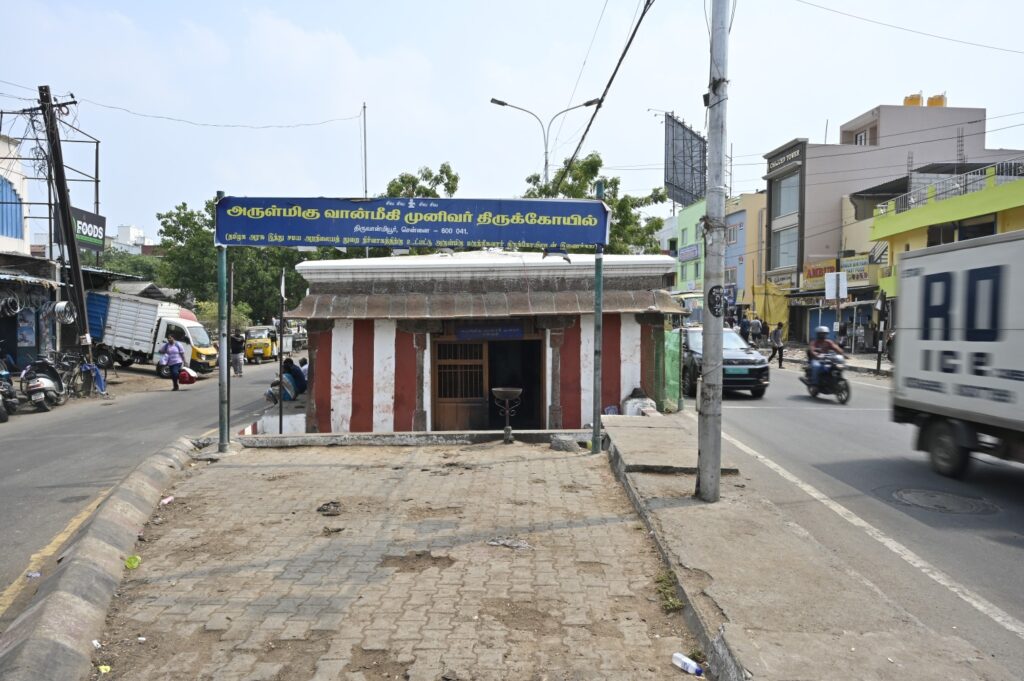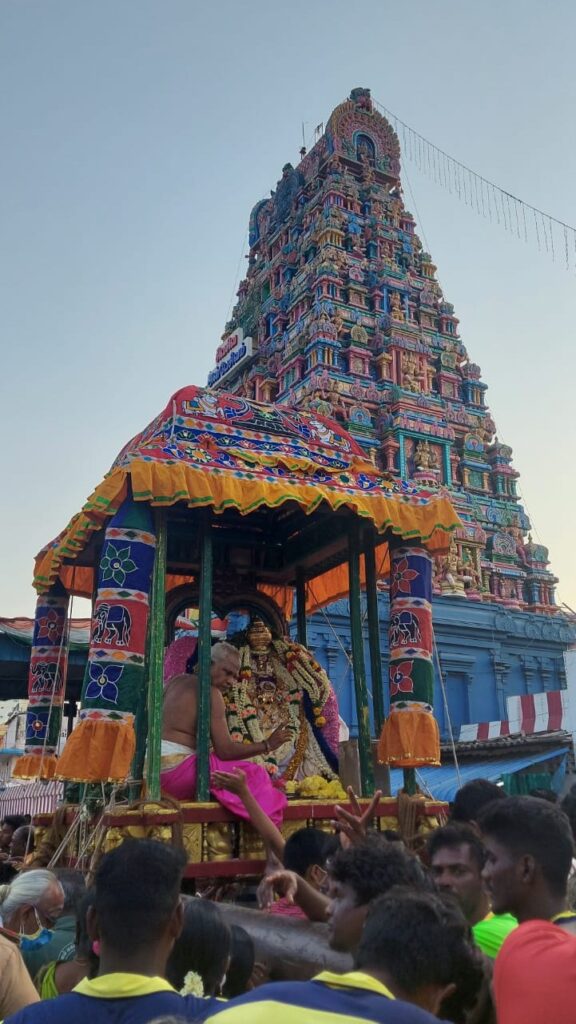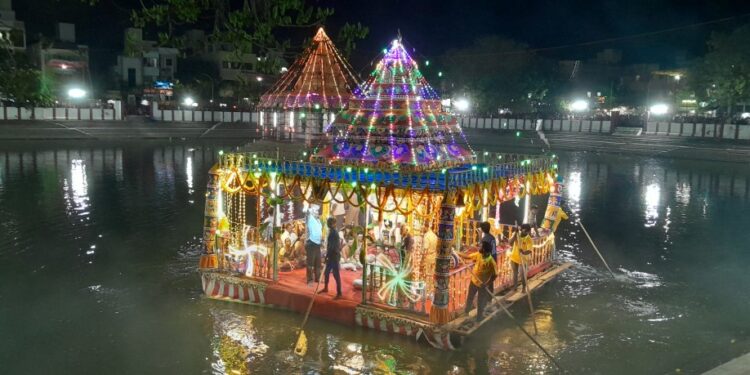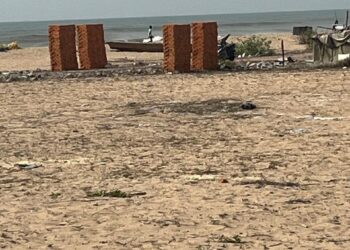V.Nimalan, Thiruvanmiyur.
In the seaside quarter of Thiruvanmiyur in Chennai stands the Marundeeswarar Temple, dedicated to Lord Shiva in his aspect as Marundeeswarar— ‘the Lord of Medicines’. The temple is renowned for its ancient roots, Chola-era architecture and sanctity as a centre of healing and wisdom.
Yet Thiruvanmiyur’s spiritual landscape is not confined to Shaivism alone. It is also a place where the traditions of Shaivism and Vaishnavism gracefully intersect, most notably through its association with sage Valmiki, the author of the Ramayana.

Valmiki Nagar and the forgotten temple of the sage
The locality of Valmiki Nagar is named after sage Valmiki, who is believed to have resided and meditated on Shiva here. According to legend, the name Thiruvanmiyur is derived from ‘Thiru-Valmiki-Ur’—meaning the sacred place of Valmiki.
As many know, the Valmiki temple exists near the Thiruvanmiyur bus depot, but sadly, this temple suffers from poor maintenance and neglect, with very little support.
Valmiki’s Kul Devta: Neervanna Perumal of Thiruneermalai
Adding to this deep spiritual lineage is the Kula Devta (ancestral deity) of Sage Valmiki— Jaladhivarna Perumal (Neervanna Perumal), a form of Lord Vishnu enshrined at the Thiruneermalai temple, located on the outskirts of Chennai. The Thiruneermalai Neervanna Perumal temple is one of the 108 Divya Desams, where it is believed that Valmiki worshipped Lord Vishnu in his Neervanna form.

A Harmonious Confluence: Shaivism and Vaishnavism
Thiruvanmiyur stands as a symbolic meeting ground between Shaivism and Vaishnavism, two pillars of Sanatana Dharma. The Marundeeswarar temple (Shaivite) and the Valmiki legacy (Vaishnavite) reveal a shared spiritual geography, where saints, sages, and devotees have historically traversed sectarian lines in pursuit of divine wisdom.
This syncretic landscape highlights the interconnected nature of Tamil devotional traditions, where Shaivite saints like Appar and Sambandar sang hymns in the same region where Valmiki is said to have composed verses on Rama.
Conclusion
Thirugnana Sambandar, sang in praise of Marundeeswarar:
“Viraiyaar Kondrai aninthaai vidamunda midatrinane
Uraiyaar pal puzhaai uramenangiyar pangudaiyaai
Thiraiyaar kadan dal soozh Thiruvanmiyoor uraiyum
Ariyaa unnaiyallal adaiyaathathu thaane.”
“O Lord adorned with fragrant konrai flowers, the one who drank poison and holds it in your throat!
Famous across countless sacred texts, and united with Uma as your half,
You reside in Thiruvanmiyur, surrounded by the clear, wavy ocean—
Except for you, my heart will not seek refuge in anyone else!”
These lines reflect the unwavering bhakti that has defined Thiruvanmiyur for centuries. The Marundeeswarar and the Valmiki temple make this locality not just a spiritual centre but a poetic one, where divinity, literature, and tradition converge.
V.Nimalan is a class 12 student of Ramachandraa Public School. He can be reached at [email protected].












